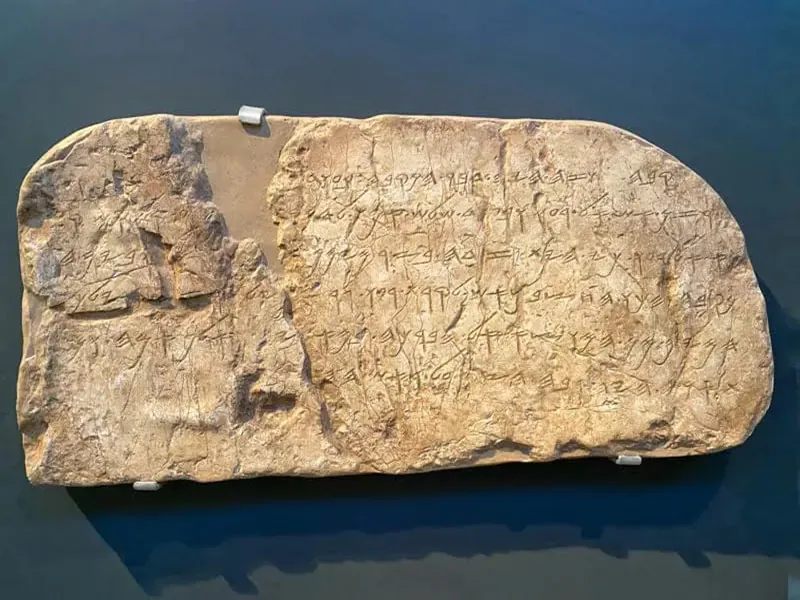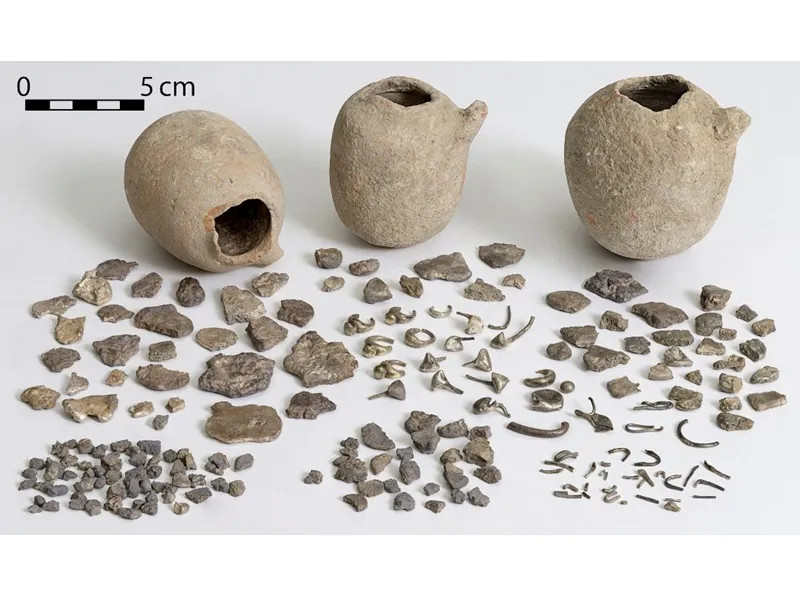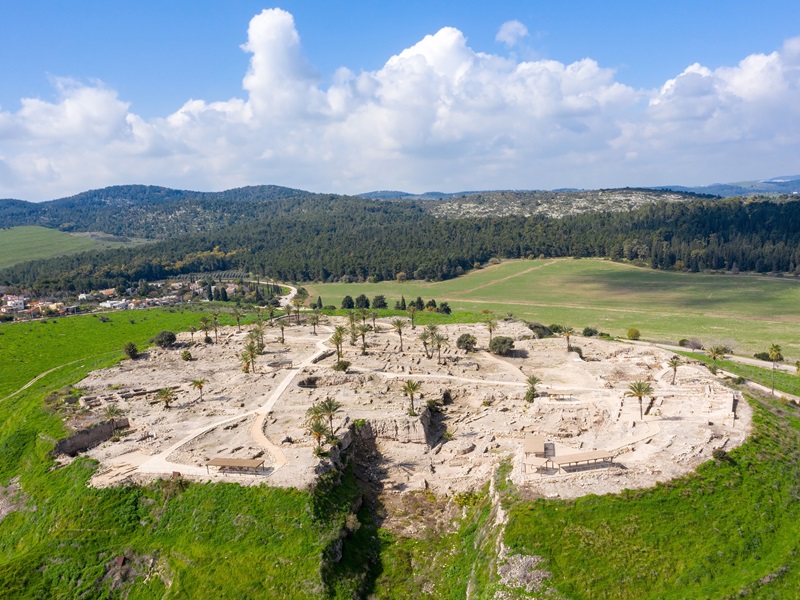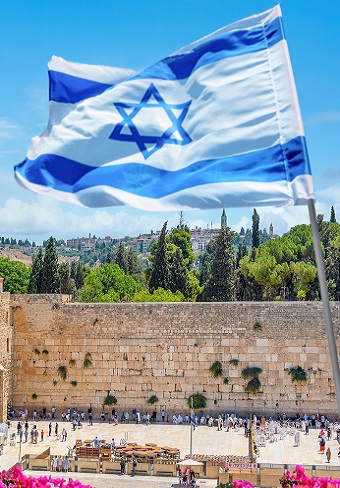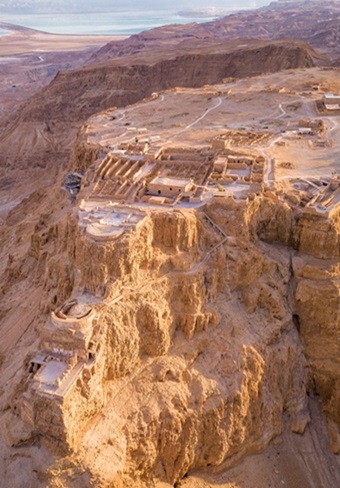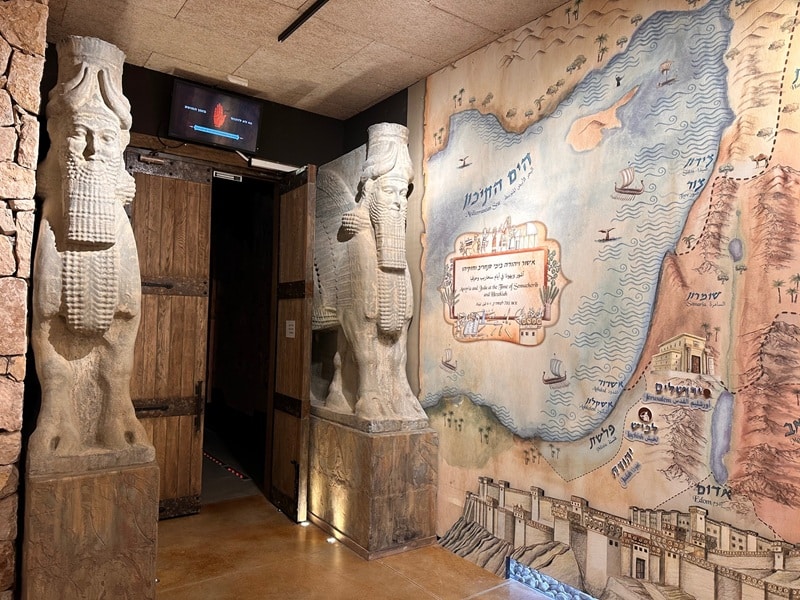COVID-19 and Biblical plagues in the Holy Land
This post is written as a modern plague is raging on our planet, killing over 35,000 world wide (true of March 31 2020), mostly elders. My prayers to the sick, to the elders in risk, to the medical staff, to the millions who have suddenly lost their livelihood (including myself), and especially to the scientists racing to find a remedy and a vaccine!. May this post be of any interest and spiritual benefit to any of them!
Whether the Bible is a complete reliable historical source or not, it contains many fascinating stories that relate to sites across the Holy Land. Three epidemic-related sites are documented in the Book of Samuel, in the days of the Israelite battles against the Philistines and the formation of David’s Kingdom.
The Plague in Ashdod
Around the 12th century BC, the Land of Israel experienced a severe climate and political crisis, causing the collapse of the urban system throughout Canaan, and many cities were destroyed or abandoned. The political and geographical vacuum was gradually filled by the early Israelite tribes, but along the southern coastal plain settles a group of immigrants from Greece called “Philistines”. From their five main cities (Gaza, Ashdod, Ashkelon, Princeton and Gat), the Philistines embarked on a series of battles against the Israelites, one of the most critical ones was at “Even Haezer”. The clash between the two forces ended with a clear lose of the Israelites. In the face of the defeat, The priest Eli proposed to remove the Ark of the Covenant from its sanctuary in Shiloh and carry it to the battlefield, so “it may save us out of the hand of our enemies.“ (I Sam. 4 3). Yet despite the high Israeli morale for the recurring campaign, the result of the battle was the same – a terrible defeat, and moreover – the Holy Ark of the Covenant fell captive to the Philistines.
But the joy of the Philistines did not last long .. The Ark of the Covenant was placed in the Temple of their chief god Dagon in Ashdod, but the next day the statue of the Lord Dagon was found broken, and later the ark struck the Philistines throughout the Ashdod area with an epidemic: “The Lord’s hand was heavy on the people of Ashdod and its vicinity; he brought devastation on them and afflicted them with tumors.” (I Samuel 5 6). The nature of this plague is not clear. Most biblical and commentators suggest that it was a plague of – hemorrhoids .. but scientifically, this seems very unlikely, since we do not know of an epidemic that produces hemorrhoids in the general population. But if so, thank the God of Israel for no inflicting this specific plague ever again..
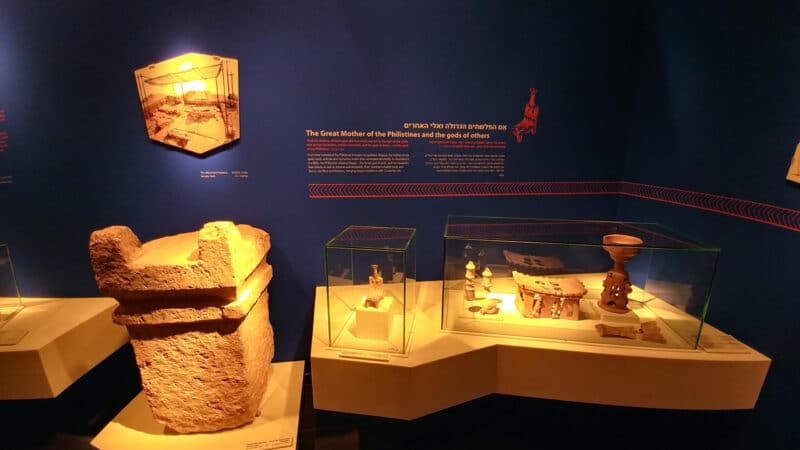
Philistine Cultic items on display at the Ashdod Philistine Musuem
Biblical era Ashdod is identified on a mound in the southwestern corner of modern Ashdod. The mound was partially excavated in the 1960s by Professor Moshe Dotan of the Hebrew University, but today nothing can be seen on the site itself. A museum dedicated to Ashdod, the Philistines and their material culture is locates in the modern city.
The Plague at Beth-Shemesh
Eager to be relieved of their pain, the Philistines rushed to return the Ark of the Covenant to the Israelite. It was first transferred to the Philistine city of Ekron, and after setting a cart, it was sent to the Judhaic town of Beth-Shemesh. The Bible describes how the Israelites were harvesting their wheat in the fields of Beth-shemesh when suddenly they noticed the cart carried by two cows heading towards them, carrying the ark! – “Now the people of Beth Shemesh were harvesting their wheat in the valley, and when they looked up and saw the ark, they rejoiced at the sight.” (I Samuel 6:13). The joy was great, and was followed by a great sacrificial event, but later the angel of the LORD struck the inhabitants of the city with a plague “The people mourned because of the heavy blow the Lord had dealt them.” (I Sam. 6:19). The solution was to move the Ark of the Covenant to Kiryat Yearim, where it was entrusted to the priest Elazar for twenty years.
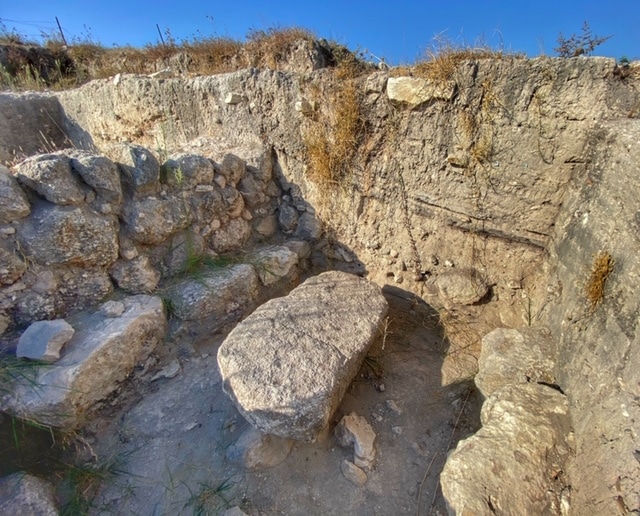
A flat slab of stone in the dimension of the Ark of the Covenant found in Beth-Shemesh in 2019. Was the Ark kept here?
Ancient Beth-Shemesh was identified as early as the 19th century on a hill near a spring called in Arabic “Ein Shams”, a name that preserved the ancient name of the place. The modern city of Beit Shemesh is built east of ancient site. A few years ago, excavations at ancient Beth-Shemesh by an expedition from Tel Aviv University, headed by Zvi Lederman and Shlomo Bonimovich, uncovered a ritual complex from the 11th century BCE.
A few months ago, a large, flat stone was found next to it, in the dimensions of the Ark of the Covenant. It is possible that this complex was the very place where the ark was kept and the sacrificial ceremony was done after the ark was returned from Philistine captivity (!)
The Plague in Jerusalem
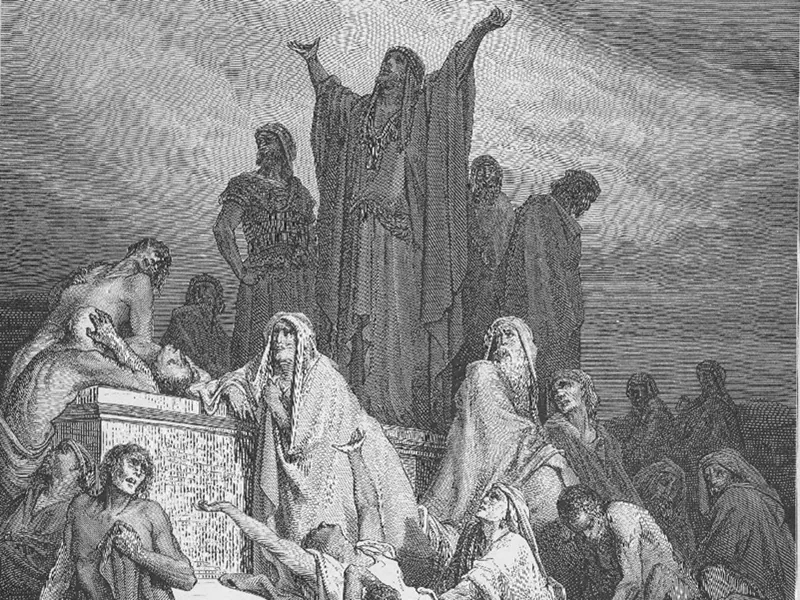
The Plague of Jerusalem by Dure.
After David conquers the Jebusite city, the Book of Samuel dramatically describes another plague inflicted upon the Israelites: “So the Lord sent a plague on Israel from that morning until the end of the time designated, and seventy thousand of the people from Dan to Beersheba died.” (II Sam. 24:15). David rushes to the propher Gad, who replies: “Go up and build an altar to the Lord on the threshing floor of Araunah the Jebusite.” (II Sam. 24:18). David moves fast: ” So David bought the threshing floor and the oxen and paid fifty shekels of silver for them. David built an altar to the Lord there and sacrificed burnt offerings and fellowship offerings. Then the Lord answered his prayer in behalf of the land, and the plague on Israel was stopped”. (II Sam. 24:25).
The Threshing floor of Aravna is by Jewish tradition at the very same spot where the holy of holies of Solomon’s temple was later built. This spot is identified today with the big rock under the Muslim shrine of the “Dome of the Rock“.

